Hey, plant lovers! Are you ready to take your indoor garden to the next level? The perfect plant stand can give your green friends more light exposure and better air circulation while turning them into decorative statements—all while saving valuable floor space.
Let's discuss choosing a stand that fits your space, style, and plant care needs. Together, we'll make your indoor jungle look amazing and feel healthier!
Inspiring Indoor Plant Stand Ideas to Elevate Your Space
Before diving into the "how-to," let's explore some popular ideas for displaying your plants. Seeing different styles can help you pinpoint what you truly need.
- The Tiered Jungle Corner: Use a small tiered plant stand to create a lush, multi-level arrangement in a corner. This is perfect for grouping plants with similar light needs and saves a ton of floor space.
- The Statement Stand: Have one stunning plant, like a Fiddle Leaf Fig? Place it on a simple, elegant tall plant stand to make it a focal point in your living room.
- The Green Wall: Use wall-mounted stands or hanging planters to create a living wall. This is ideal for trailing plants like Pothos and Ivy and adds a "wow" factor to any room.
- The Functional Herb Garden: A small stand on your kitchen counter is perfect for growing fresh herbs. It keeps them within reach for cooking and adds life to your kitchen.
- The TV Stand Complement: Don't let the area around your TV be barren. Use low-profile stands or place small pots directly on your TV stand to soften the look of your electronics.
How to Choose the Right Plant Stand: A 4-Step Guide
Before you go inside the world of plant stands, let us take a moment and decide what is it exactly you need.
Step 1: Define its Purpose (Function vs. Decoration)
A plant stand can be decorative and functional. Maybe you would prefer a slim, modern stand to show off a stunning Monstera, or you need one that enables your plants to get the light they need, is simpler to water, and gives them room to grow—like a tiered stand beside the window for multiple small pots.
Step 2: Consider Your Plant's Characteristics
Every plant has its personality, and its stand should reflect that! Heavy ceramic pots need a sturdy base made of metal or hardwood.
Tall rubber plants would love a stand that lets them stretch out, while small succulents prefer a more compact space. If your plant grows quickly, opt for an adjustable stand to accommodate its changing needs.
Step 3: Count Your Plants
Do you have one prized plant, or are you growing your mini jungle? For a single plant, a simple but chic stand will suffice to display it.
With several plants, a stacked or tiered arrangement will save floor space while beautifully stacking smaller plants like pothos and herbs.
Step 4: Plan the Placement
Now that we've figured out your needs, let's talk about where to place your new plant stand. Choosing the right spot can help your plants thrive and add a lively touch to your space.
Living Room
Add a lush corner by using a multi-level plant stand, or if you have a show-stopping plant, position it alone on a pedestal. Many homeowners often ask, What to put next to the TV stand to create a visually balanced and appealing space.
A tall, elegant plant stand is one of the best answers, as it adds height, texture, and a touch of nature without creating clutter. To maintain consistency, choose a plant stand whose material and color mirror your furniture.
Bedroom
Allocate a tiny plant stand near your bed or in the corner. A simple wooden stand with low-maintenance plants like snake plants or peace lilies can create a soothing atmosphere so you sleep soundly at night.
Often, the space beside a dresser or TV console is an ideal spot for a touch of green. For those looking to fully integrate plants into their entertainment setup, exploring some bedroom TV stand ideas can provide excellent inspiration for a cohesive look.
Bathroom
As bathrooms are very humid, employ bamboo, plastic, or powder-coated metal plant stands. Hanging or floating styles save space as your plants still get the air moisture.
Kitchen
Use a small, tiered stand on your counter to grow herbs like basil and mint. It is convenient to harvest fresh herbs while cooking without taking up too much space.
And don't forget light! Position your plant stand in front of a window so that your plants can get sunlight. If the natural sunlight is scarce, you can use grow lights to give your plants the required light.
Adjustable or swiveling stands are even better, as they will allow your plants to get sunlight from different directions throughout the day.

Materials and Durability
Let's explore the common materials used for plant stands, their pros and cons, and where they work best.
Wood
Wood plant stands bring a natural, warm feel and functional utility to any space. Strong, untreated wood will warp in damp spaces like bathrooms.
These stands are perfect for farmhouse, country, or Scandinavian design-themed rooms, where they beautifully emphasize the natural elements.
Metal
Metal stands have excellent strength and stability, tolerating larger plants such as Fiddle Leaf Figs or Monstera comfortably.
However, they rust immediately without powder coating and may need protectant pads against floor damage. Their smooth lines look awesome in industrial and modern settings.
In fact, combining the sleek structure of a metal plant stand with a minimalist console is a core concept in many modern TV stand decor ideas, creating a clean and sophisticated aesthetic.
Bamboo
Bamboo stands are lightweight and environmentally friendly, naturally resistant to moisture, and perfect for bathrooms.
Though they don't have much weight capacity, they're ideal for small plants such as succulents or air plants. They bring a tropical feel to your space with their clean, minimalist design.
Rattan/Wicker
Rattan or wicker stands give a cozy texture and visual interest. Though less sturdy than other materials, they're extremely transportable and perfect for small, lighter pots. Such stands are ideal for Bohemian or seaside decor, giving a relaxed, informal ambiance.
Plastic
Plastic stands are inexpensive, water-resistant, and available in numerous design styles. They're not the most stylistic option, perhaps, but they're good for humid rooms such as bathrooms and balconies and can adapt to any home decor style. Their lightness makes it simple to rearrange plants.
Exploring the Most Popular Types of Indoor Plant Stands
Now that you're familiar with different materials, let's explore three common styles and see which one captures your interest.
Tiered Plant Stands
Tiered plant stands create a cascading foliage appearance, which makes them perfect for small or big spaces. You can mix plants that need varying levels of light by placing sun plants on the highest tier and shade plants on the lower tiers.
These stands are perfect for filling corners or decorating walls, giving a visual richness without taking up much floor space.
Wall-Mounted Stands
Wall-mounted plant stands typically feature a grid panel and hooks, making them ideal for hanging plants like pothos or ivy.
These plants can cascade down the wall, creating a living "green wall" that doubles as artwork. Before installation, check the wall's weight-bearing capacity to ensure a secure and eye-catching setup.

Corner Plant Stands
The corner plant stands snug comfortably against walls and leaves lots of room for large plants such as fiddle leaf fig or monstera.
They serve to balance the rooms and incorporate height and texture to create often-underused corners that are more inviting, pushing the eye up and imbuing the surrounding ambiance with warmth and depth.
Our Top Pick: The Best All-in-One Solution
For those looking for a versatile, durable, and feature-rich option, the Belleze 63" Tall Metal Plant Stand with Grow Lights is our top recommendation. It directly addresses many of the challenges plant owners face and is perfect for both beginners and seasoned gardeners.
This stand isn't just a place to put your plants; it's a complete indoor gardening system. Here's why it stands out based on our review:
- Built-in Full-Spectrum Grow Lights: The biggest challenge for many is providing enough light. This stand solves that with three integrated grow lights featuring 10 brightness levels and smart timers. This ensures even your most light-hungry succulents can thrive, no matter where you place the stand.
- Incredible Space and Versatility: With its 11-tier layout, this tall plant stand can hold a mini-jungle. The adjustable hooks and staggered platforms are perfect for creating a dynamic, tiered display. It has an impressive weight capacity, making it one of the best indoor plant stands for those with heavy pots.
- Durable and Stylish Construction: Made from rust-resistant steel with waterproof shelves, it's built to last. The modern curved design blends seamlessly with most home decor styles, from industrial to contemporary.
This system is a fantastic investment that eliminates the guesswork in plant care while serving as a beautiful piece of furniture.
Conclusion
Alright, fellow plant lovers! We've covered a lot of ground today. Choosing plant stands is a personal journey that grows alongside your indoor garden. The right setup should support your plants, showcase them beautifully, and make your space look amazing.
Don't feel pressured to create the "perfect" setup right away - your plant family will grow, and your style preferences might change too. Maybe start with a simple shelf and let your plant stand choices evolve with you.
The joy is in the journey, so have fun experimenting and watching your indoor garden transform. Happy growing!
Related Reading:
Grow Light Stand vs DIY Setup: What’s the Best Way to Organize Indoor Plants?
63" Plant Stand with Grow Lights vs Eden Corner Bookshelf: Which Fits Small Spaces Better?

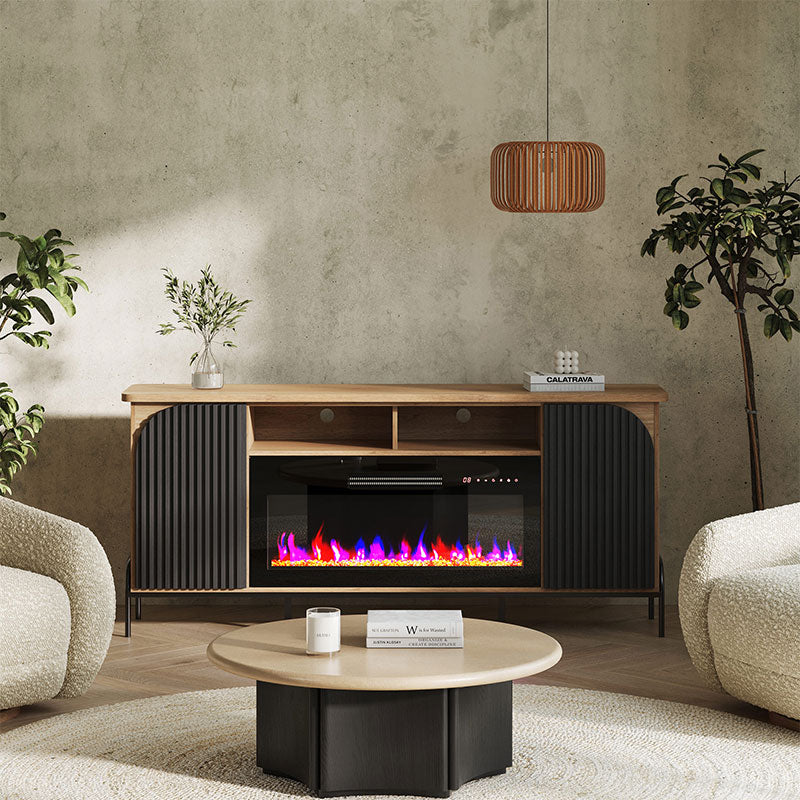
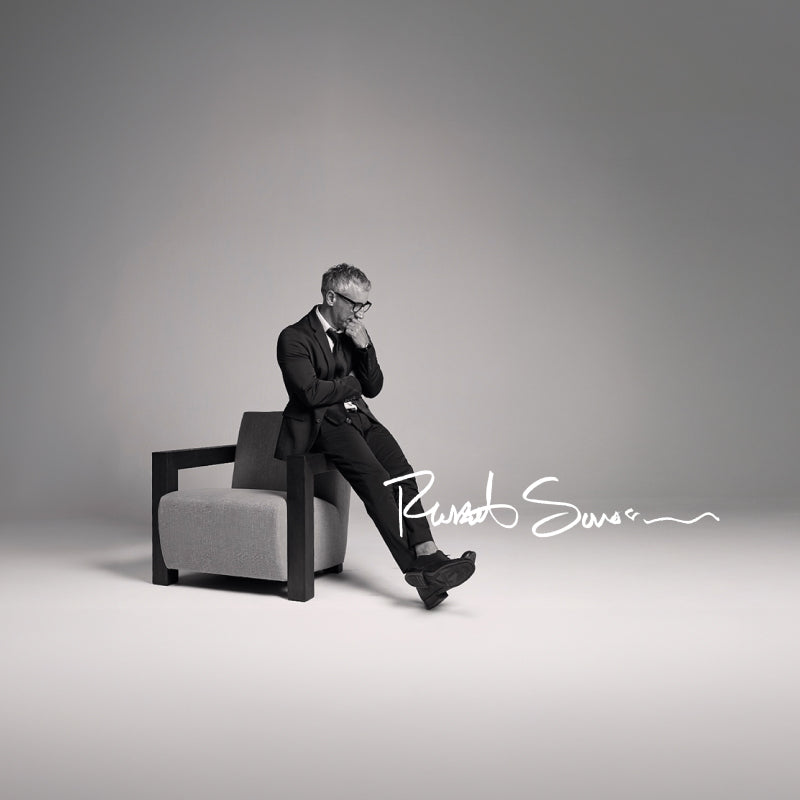
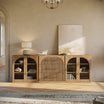
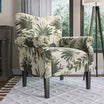
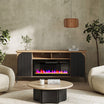
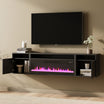
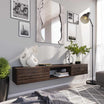
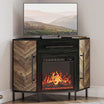


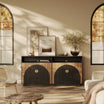
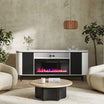
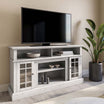
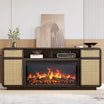
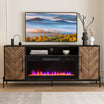
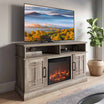
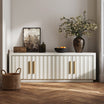
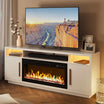

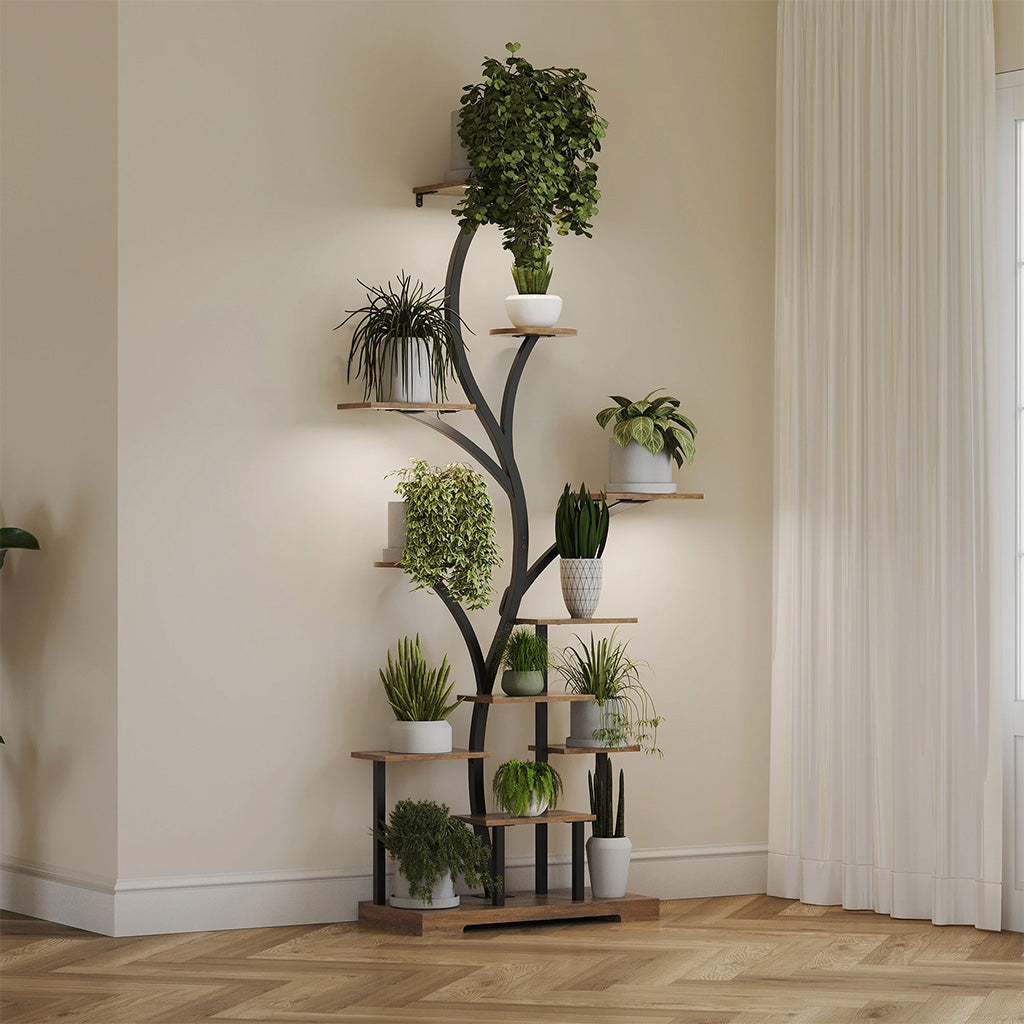
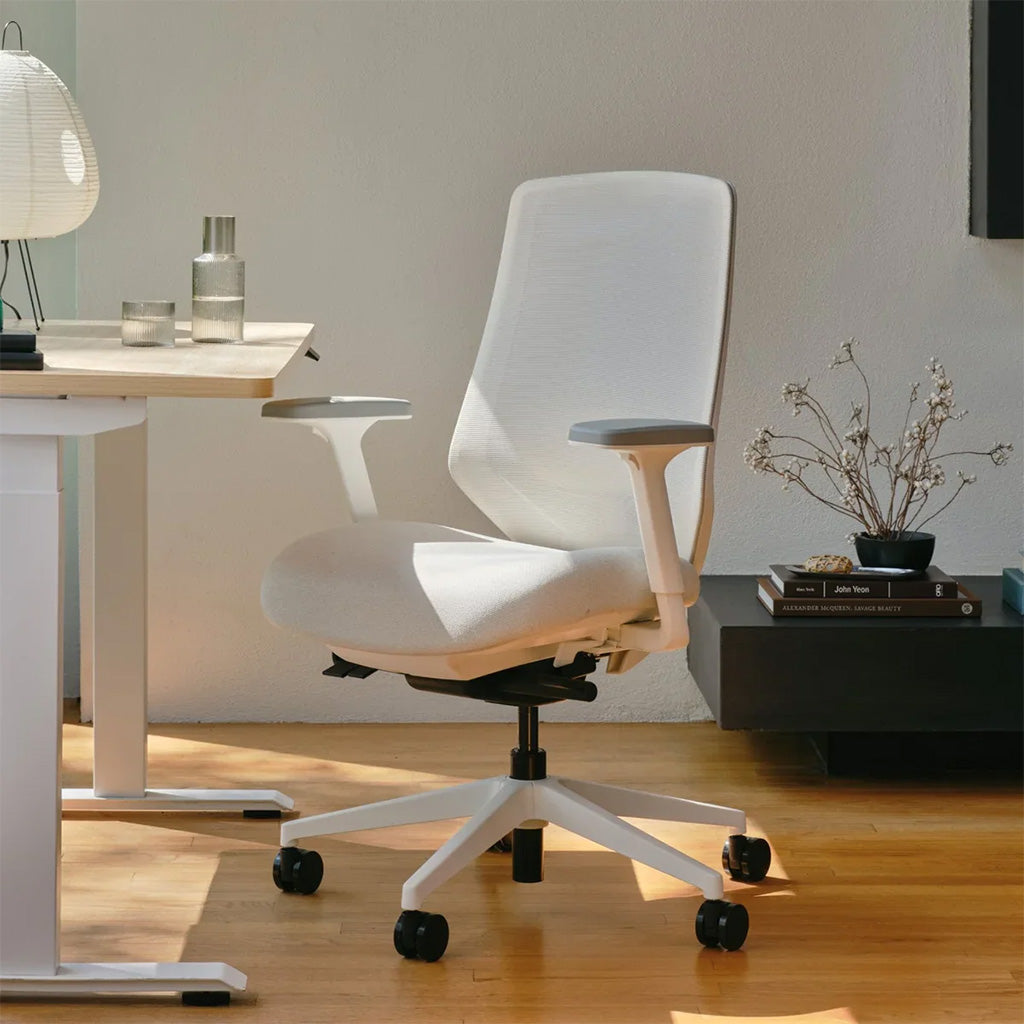
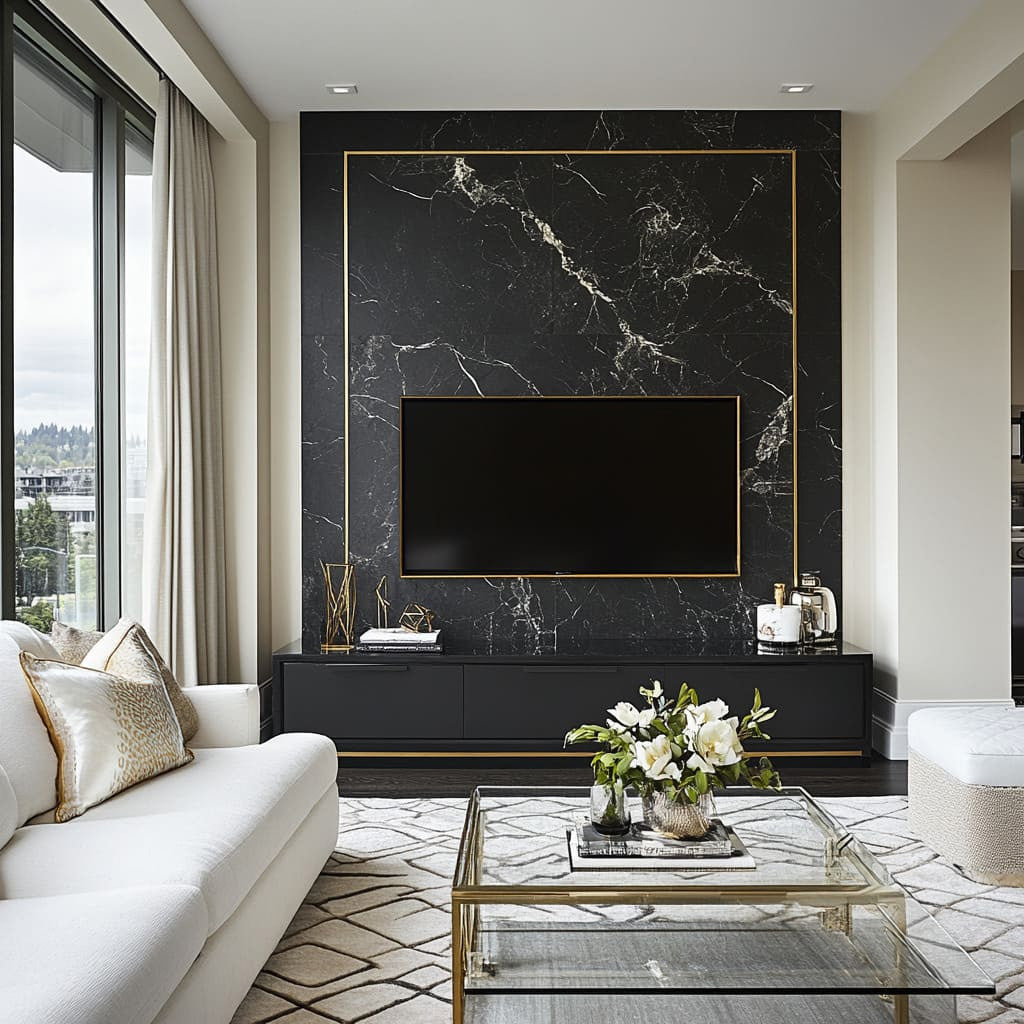
Leave a comment
This site is protected by hCaptcha and the hCaptcha Privacy Policy and Terms of Service apply.